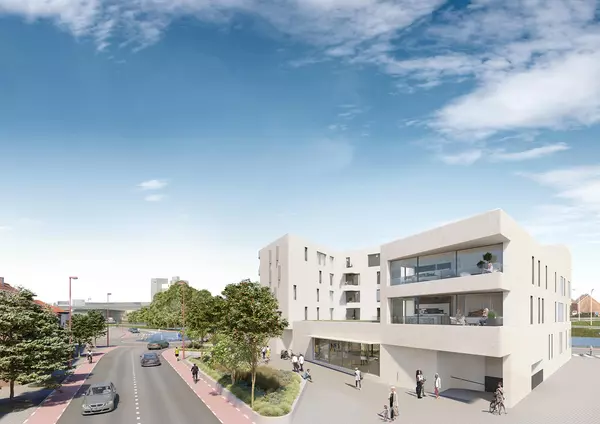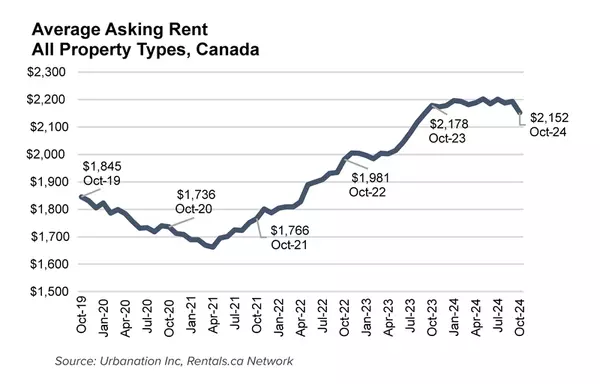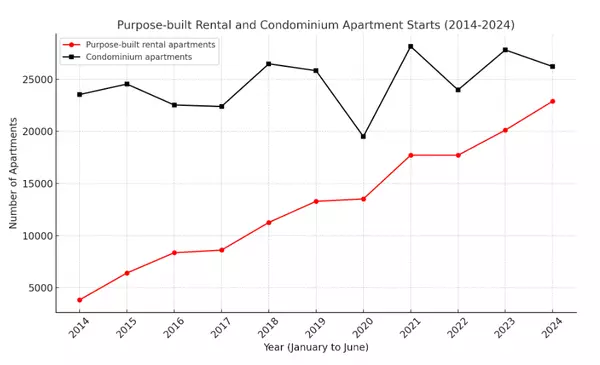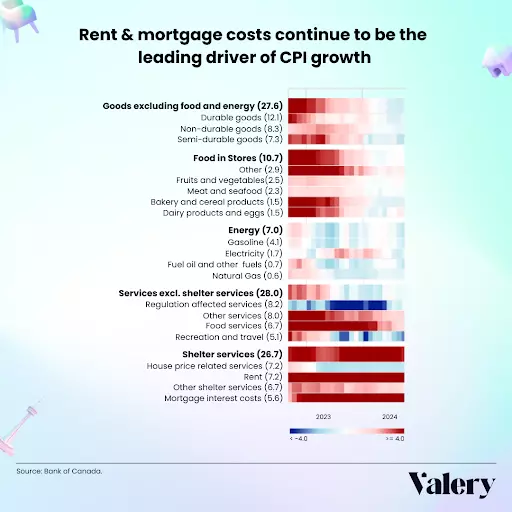Furnished Rentals vs. Unfurnished Rentals: A Guide for Real Estate Investors
Real estate investors often wonder whether it is better to offer furnished or unfurnished rentals. Each option has distinct advantages and challenges, affecting tenant demographics, income potential, and maintenance responsibilities.
Furnished Rentals
Furnished rentals come equipped with essential furniture and appliances needed for daily living, such as beds, sofas, dining tables, chairs, kitchen appliances, and sometimes additional amenities like linens, cookware, and electronics. This setup makes them a convenient, turnkey option for renters.
The key advantage of furnished rentals is the ability to command higher rental income. Tenants are willing to pay a premium for the convenience of moving into a fully furnished space without the hassle of buying or transporting furniture. This makes furnished rentals particularly attractive to expatriates, business travellers, and individuals relocating for work, who often seek short-term or flexible leases. These tenants are usually reliable and financially stable, providing a steady rental income stream.
However, investors should be prepared for the higher initial investment required to purchase high-quality furnishings and appliances. This upfront cost is essential to attract the target demographic willing to pay for convenience. Additionally, furnished rentals necessitate regular maintenance and replacements due to wear and tear, which can be more labour-intensive and costly over time. Managing varying lease terms can be another difficulty, as short-term leases require more frequent marketing and administrative efforts to keep the property occupied. Seasonal vacancy slumps, particularly during the winter months, can further challenge maintaining consistent rental income.
Unfurnished Rentals
Unfurnished rentals are properties leased without any furniture or appliances, except for essential fixtures like kitchen cabinets, sinks, and sometimes basic appliances like stoves or refrigerators. These rentals are usually aimed at long-term tenants who have their own furniture.
One of the main benefits of offering unfurnished rentals is the lower initial cost. Investors do not need to invest in furniture or extensive appliances, significantly reducing the upfront expenditure. Additionally, unfurnished rentals tend to attract long-term tenants, which can lead to reduced turnover rates and more stable rental income. These tenants are likely to stay longer since they have invested in furnishing the space themselves. The maintenance costs tend to be somewhat lower for unfurnished rentals, as there are fewer items that require upkeep and replacement, although maintenance and repairs for the property itself and any fixtures will be consistent.
However, unfurnished rentals generally yield lower rental rates compared to furnished ones, potentially reducing the overall revenue for investors. They are not as likely to attract the dependable tenants that furnished rentals do, increasing the chances of tenant issues and legal challenges. Dealing with problematic tenants can lead to prolonged disputes and costly eviction processes.
Considerations
Investors considering furnished properties must account for the logistics of ensuring the space is appropriately and fully furnished. This includes sourcing and purchasing high-quality furniture, setting up the property, and maintaining it in excellent condition. Ensuring a property remains attractive and marketable requires ongoing attention and investment in furniture and appliances.
Partnering with a specialized property management company can help investors manage the complexities associated with furnished rentals. These companies handle the entire furnishing process, from sourcing and purchasing to setting up and maintaining the property. This allows investors to offer a furnished property without the added hassle, ensuring it remains in excellent condition and appealing to potential tenants.
When deciding between furnished and unfurnished rentals, investors must weigh the benefits and challenges of each option. Unfurnished rentals offer lower costs and stable, long-term tenants but may attract lower rents and pose higher risks of tenant issues. By carefully analyzing the market and considering the specific needs of their target tenants, investors can make informed decisions that align with their investment goals. Furnished rentals can provide higher income and flexibility but require a higher initial investment and more maintenance. However, partnering with a property management company that is experienced in executive furnished rentals can make the process easier.
Categories
Recent Posts










GET MORE INFORMATION


